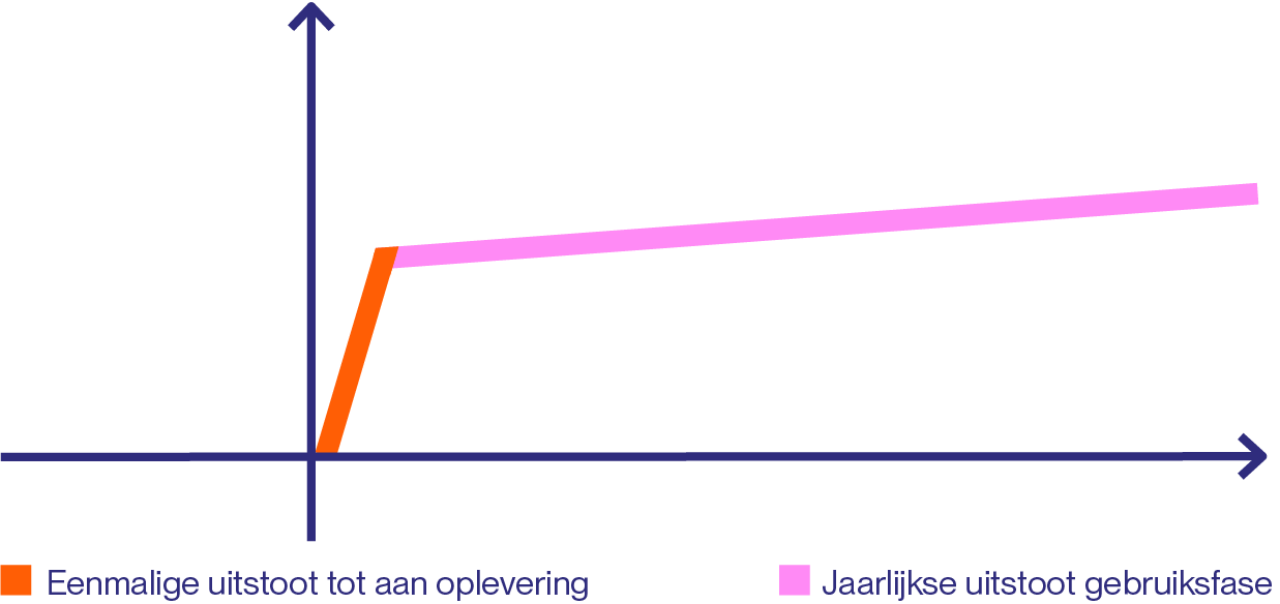
Book publication
Carbon-based Design
Book publication
What is carbon-based design?
Carbon-based design makes the material-related emissions of design choices measurable during the process. It clarifies concrete considerations regarding materials, construction methods, impact, and costs, from small to large. This way, we can design and build within the CO₂ budget of the climate goals of Paris and the Netherlands.
About the book
The climate goals are clear: CO₂ reduction. With carbon-based design, we can demonstrably put this into practice. Designers and builders have a key role.
How? By designing data-driven, through biobased material innovation across the entire chain, and by using materials and space more efficiently.
In 7 chapters, LEVS architects will guide you through background knowledge, examples from their own work, and a step-by-step plan for carbon-based design.
The 5 essentials of carbon-based design
1 Measuring is knowing
The question that you as a designer, builder, and client should be able to answer in every project is: what is the CO₂ footprint of your building, and what can you do to demonstrably reduce that footprint to a value that aligns with the ambitions of Paris and the Netherlands? Carbon-based design makes sustainability concrete.
4 Impact = ambition x scale
At this moment, fully biobased is a niche and the rest of the construction industry continues with business as usual. We need a way to gradually and comprehensively change. Carbon-based design shows that it's better to build the majority of new construction a little more sustainably than a small part very sustainably.











